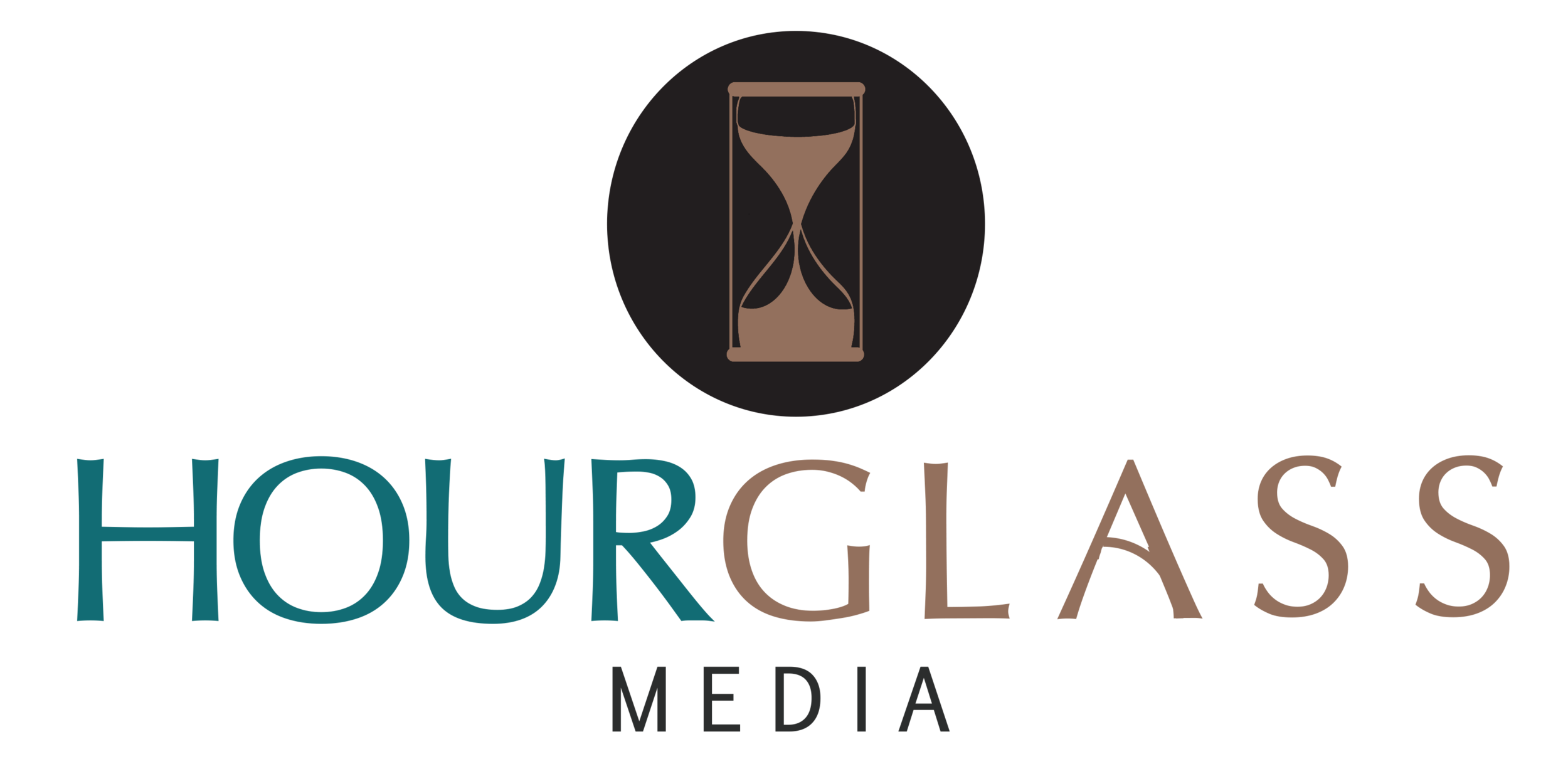Using SMART Objectives To Measure Your PR Efforts
⌛ By Kaylin R. Staten ⌛
This month, Hourglass Media is highlighting public relations strategies and tactics. Think of strategies as the bread (big, broad picture) and tactics as the butter (small, detailed picture).
Every PR plan addresses a problem and then goes through several strategic motions to reach the Evaluation end of the process. Vital components of every PR plan include publics, goals and objectives.
Our publics are a primary focus of PR efforts. Without them, we wouldn’t have the knowledge and results to back up PR and business-related goals and objectives. A public is a group of people tied together by some commonality. This could be demographic or psychographic, but it could also be based on interests and behaviors. An example of a public is American women ages 18-35 who shop at department stores for their beauty needs. Often, people don’t know they are even part of a public. As communicators, we use insights behind the scenes to cultivate our PR messages and undergo the RPIE (Research, Planning, Implementation, Evaluation) process.
We tend to use the terms goals and objectives interchangeably, but they couldn’t be more different. Goals are what you are seeking in the long-term, those broad, global, big-picture ideas as seen by you and your publics. Objectives focus on the shorter term, more detailed pieces of your PR puzzle. You will focus on WHAT opinion, behavior or attitude you want to obtain from each of your publics, the degree of change and give a tangible timeline for your outlined change.
Think of when a contractor builds a house. He wouldn’t start with a plan of one room and begin to build just that one room. He would look at the overarching goal, which includes each room in a detailed floor plan and what the house will look like when completed. The foundation, shell, roof and other vital elements (or the goal) would be completed first and the rooms (or objectives) would be addressed next.
Your objectives should always be SMART objectives:
Specific (which audience will take which action)
Measurable
Achievable
Realistic
Time-Specific
When writing a SMART objective, keep this formula in mind:
WHAT YOU WANT TO ACHIEVE BY WHOM, BY WHEN, AND BY HOW MUCH
Example of bad one
To become a thought leader (This is too broad. It’s a goal.)
Example of a mediocre one
To communicate to other PR industry professionals and become a thought leader by the end of the year. (It’s missing exactly what you want to achieve and by how much. It’s vague.)
Example of a good one
To increase outreach efforts to other communications professionals by 50 percent by the end of 2019. (This one has all of the elements of the formula above.)
When you use SMART objectives, you’re able to see if you’re meeting your expectations throughout the process. By the Evaluation stage, you’'ll be ready to assess the results of your campaign or effort, and SMART objectives will give you the data you need to be able to present KPIs (Key Performance Indicators) to stakeholders.
Kaylin R. Staten, APR, is an award-winning public relations practitioner and writer based in Huntington, WV with nearly 16 years of professional communications experience. As CEO and founder of Hourglass Media, she uses her compassionate spirit and expertise to delve into the heart of clients’ stories. She is a recovering perfectionist, mental health advocate, wife, cat mom and Leia Organa aficionado. Connect with Kaylin on LinkedIn.

